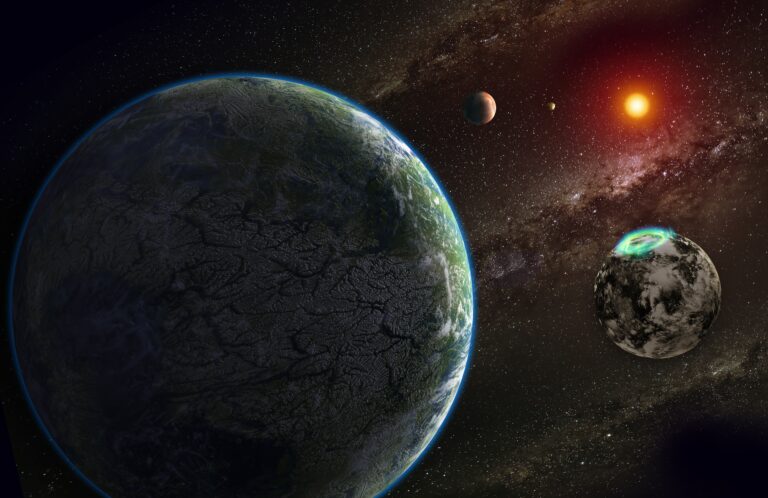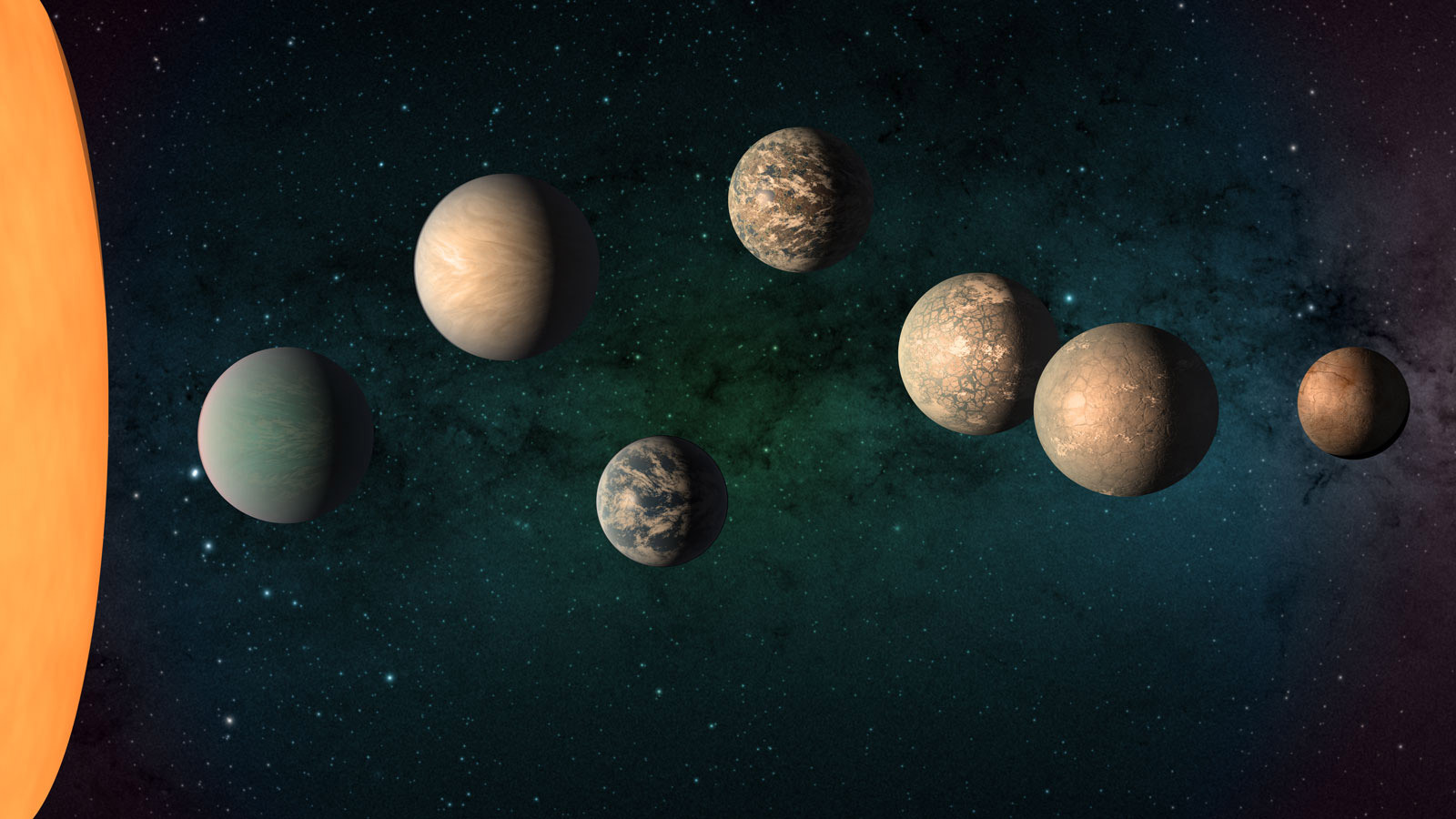
Key Takeaways:
As far back as the 16th century, people have speculated on the existence of planets orbiting other stars. For much of human history, however, and right through to the last decade of the 20th century, the answer to this cosmic conundrum eluded even the most learned scientists.
Then, in 1992, astronomers at the Arecibo Observatory in Puerto Rico detected not one, but two planets orbiting the pulsar PSR B1257+12. The first planet discovered around a sun-like star was found in orbit of 51 Pegasi in 1995 by Swiss astronomers Michel Mayor and Didier Queloz. As of this writing, the tally of confirmed exoplanets (that is, planets orbiting stars other than the sun) stands at just shy of 5,500 in more than 4,000 planetary systems.
Exoplanets make up an exciting field of astronomy, not least of which because the hunt for worlds that exist around stars beyond our Sun offers an amazing opportunity to learn how the planets in our solar system may have formed, and what may be the final fate of worlds like our own.
By far the most common methods for detecting exoplanets involve detecting the faint dip in total light put out by the planet’s host star when it passes in front (called the transit method) and a technique called radial velocity, which can detect the smallest motions of the star and planet orbiting their common center of mass. These methods, and others, allow astronomers to both locate candidate exoplanets and make educated inferences about their size, composition, orbits, and so on, all from a great distance.
So, what different types of planets have been discovered using these methods? According to NASA, four main types of planets exist. In order of size from largest to smallest, they are gas giants, Neptunian planets, Super-Earths, and terrestrial planets.
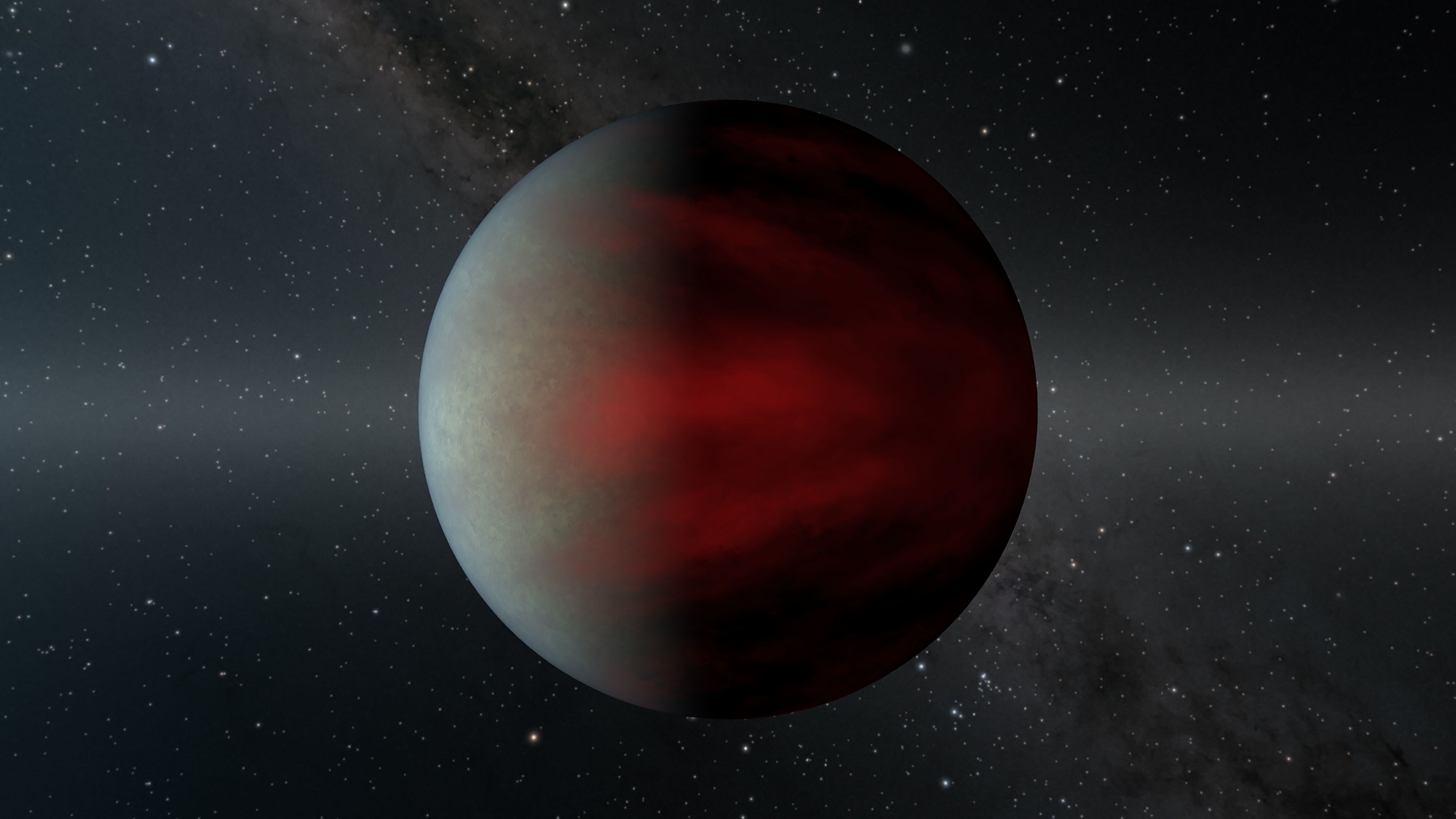
Gas giants
Gas giants are planets like Saturn or Jupiter, although they may also be much larger than either of those worlds. Gas giants may exist far from their stars, like Jupiter and Saturn, or much farther still. They may also orbit very close to their stars, in which case they are referred to as “hot Jupiters.” This subset orbits so close to their host stars that their years last the equivalent of only a few days. Many of the very first exoplanets to be discovered were hot Jupiters, since they orbit so close that they transit their stars frequently.
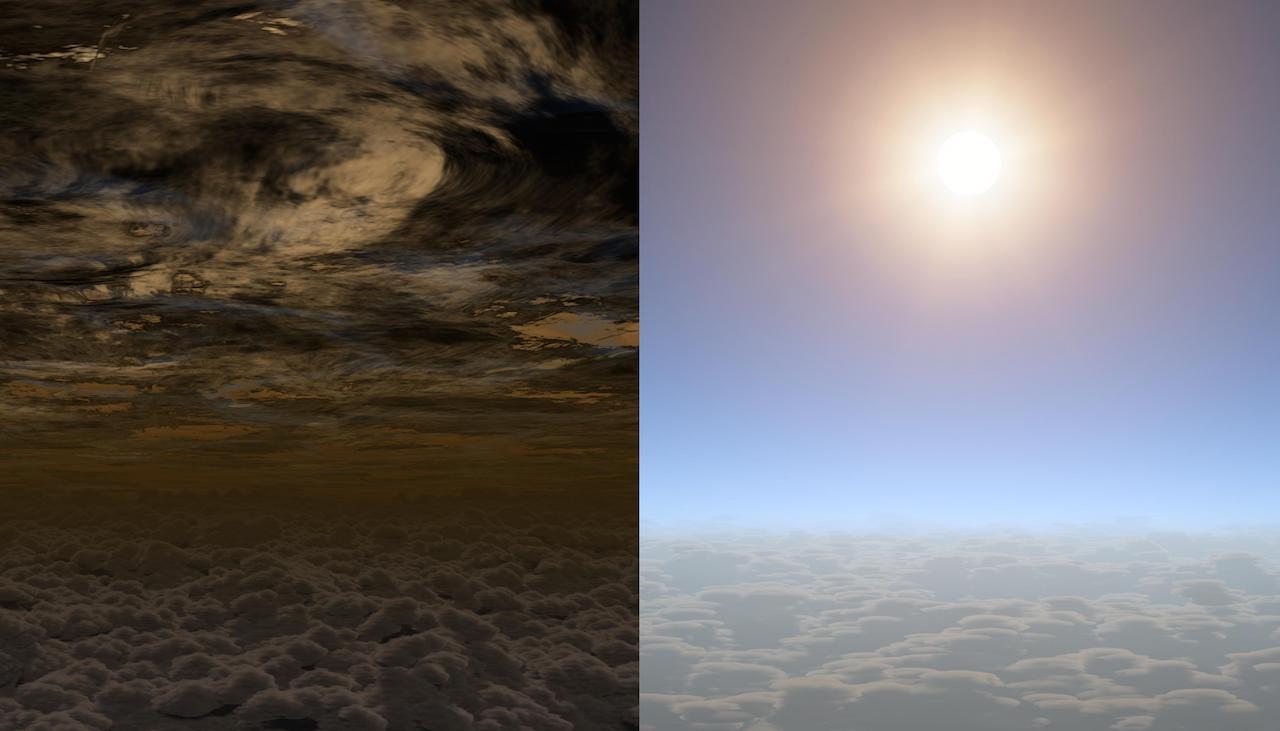
Neptunian planets
Up next are Neptunian planets, which are smaller than gas giants but larger than rocky worlds like Earth and Mars. Astronomers have discovered so-called “mini-Neptunes,” which are smaller than Neptune but larger than Earth. Regardless of their size, though, this class of planets generally shares an atmospheric composition dominated by hydrogen and helium, as well as rocky cores. This type of exoplanet is also the most common of those found so far, comprising more than 34% of the NASA tally.

Super-Earths
Then come Super-Earths. These are one of the most intriguing types of exoplanets, as there are no examples of them for us to study here in our solar system. They are categorized as being larger and more massive than Earth, hence the name, while being less massive than Neptune. They may orbit near or far from their stars, and may or may not have an atmosphere, but the key is their rocky composition.
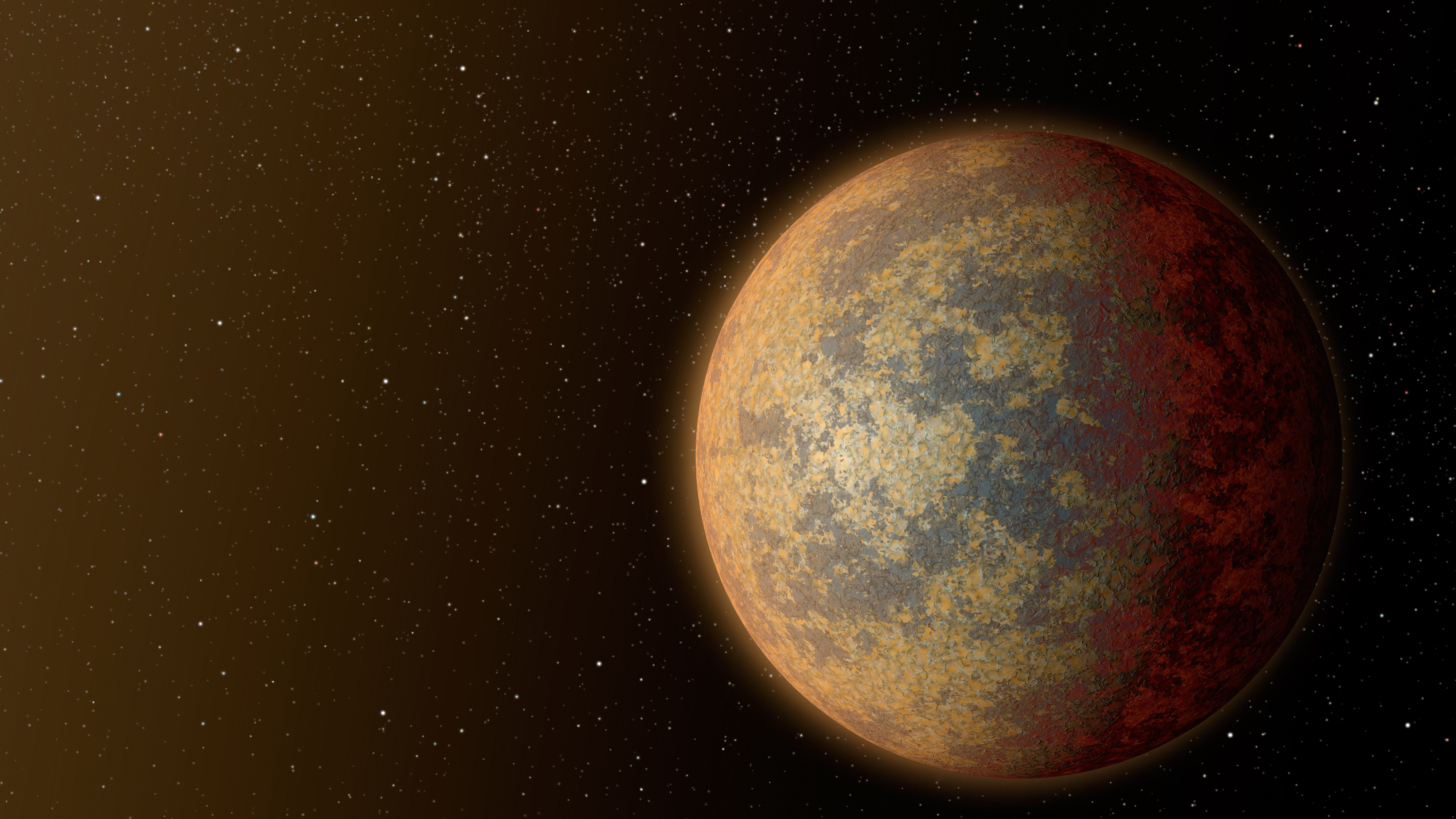
Terrestrial planets
Finally, we have terrestrial planets. This is the type of planet about which we know the most, since we have landed on several right here in our own solar system (including Earth, of course!). These planets are generally small in size and mass, and are composed of elements and compounds like silicates, carbon, and water, the last of which may be frozen, liquid, or gaseous depending on the planet’s distance from its host star. This is where the famous astronomical term “Goldilocks Zone” comes from, referring to the “just right” distance from a star for a planet to maintain liquid water on its surface.
Planetary oddballs, also exist, which are categorized less as a uniform group and more as a potpourri of wondrous discoveries yet to be made. Examples include the “cotton candy” planets discovered by the Hubble Space Telescope in recent years; HD 189773b, which astronomers believe has unusual atmospheric properties causing it to rain glass; and rogue planets, which have been ejected from their home systems and therefore orbit no star, and which may in fact outnumber those planets actually orbiting in a planetary system.
The nearest confirmed exoplanet orbits the nearest star other than the Sun. Called Proxima Centauri b, it was discovered in 2016 and orbits Proxima Centauri, and is believed to orbit at the right distance to harbor liquid water on its surface. If humanity ever sends a probe beyond our solar system, Proxima b will likely be among the first targets. In fact, there are even plans in place to make this happen.
The fraction of exoplanets discovered within their star’s Goldilocks Zone, however, is far less than one might expect. Of the roughly 5,500 confirmed exoplanets, only about a hundred are known to orbit in a star’s Goldilocks Zone. But there’s still reason to hope, because at least 9,200 unconfirmed exoplanet candidates are currently known. As the James Webb Space Telescope and other new observatories continue their missions, the number of known exoplanets will surely rise. And we can be sure that each discovery will be as different from the last as are the stars they orbit.









